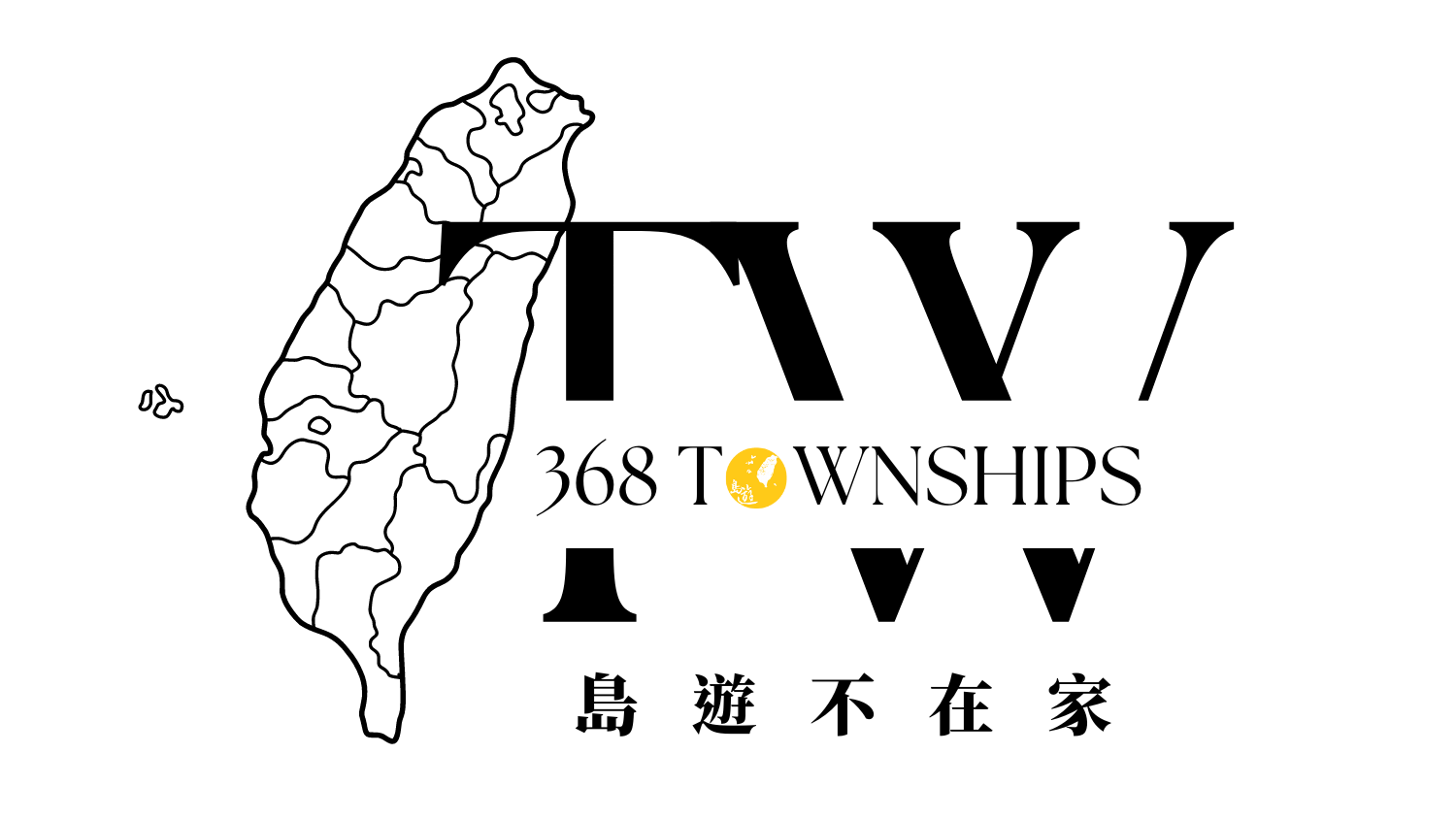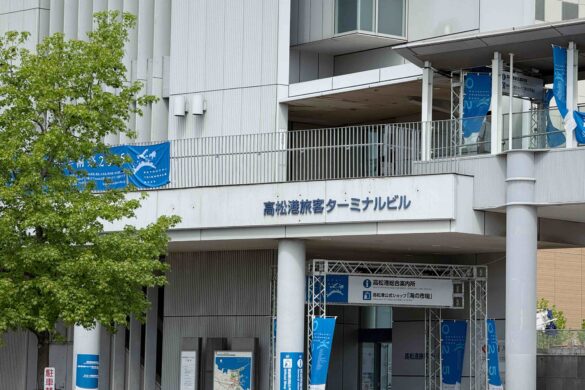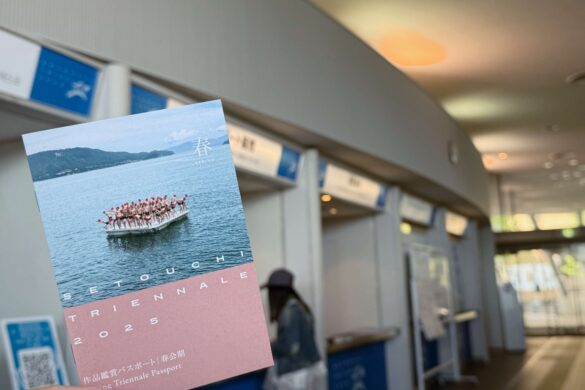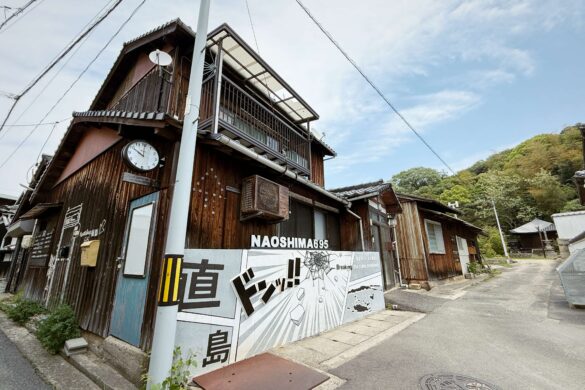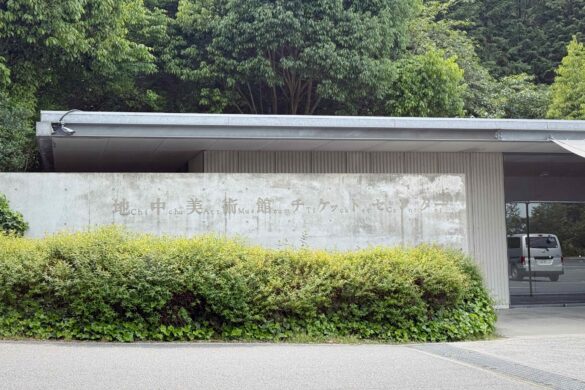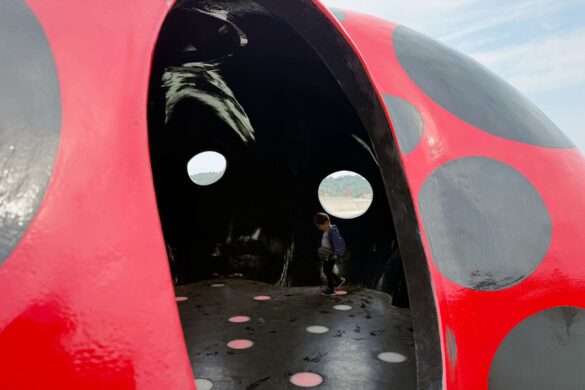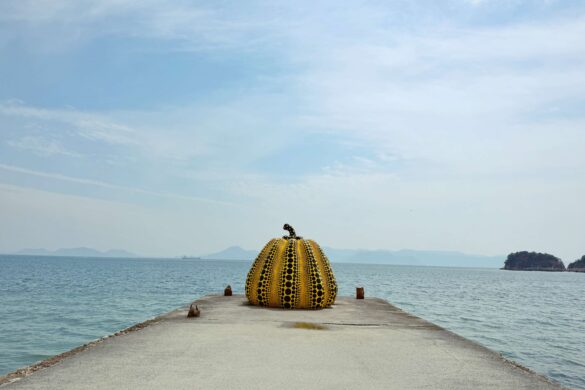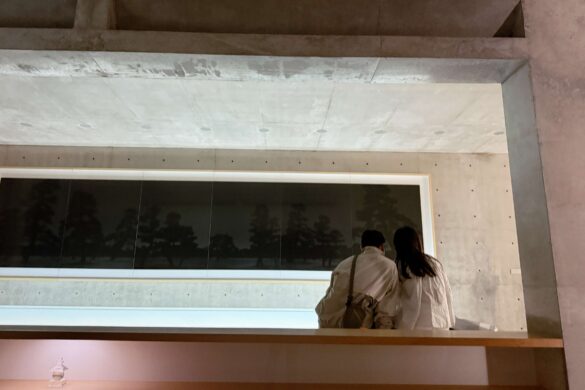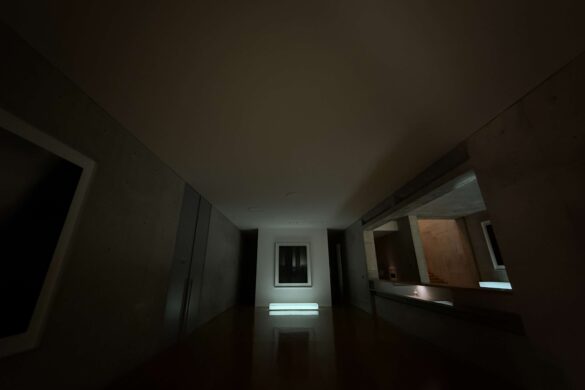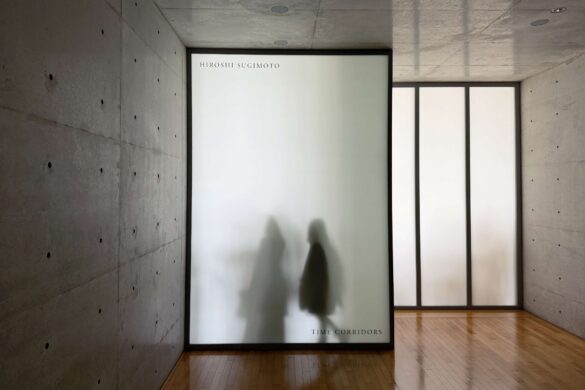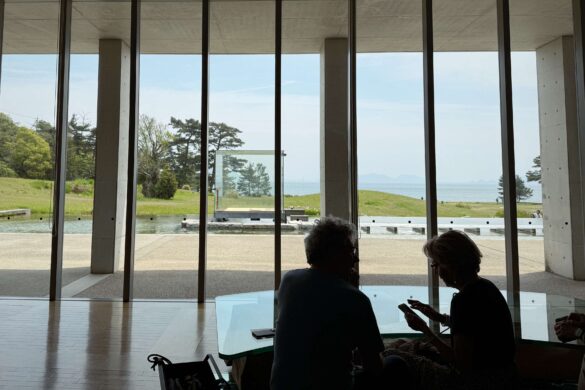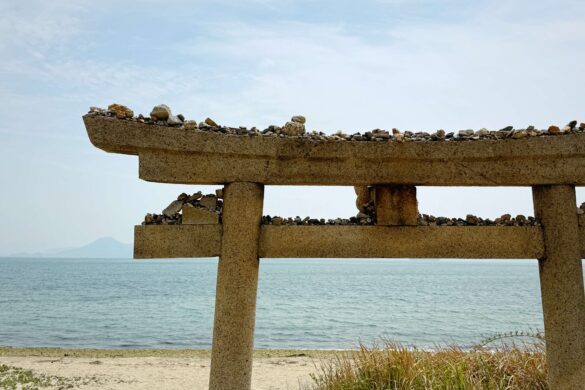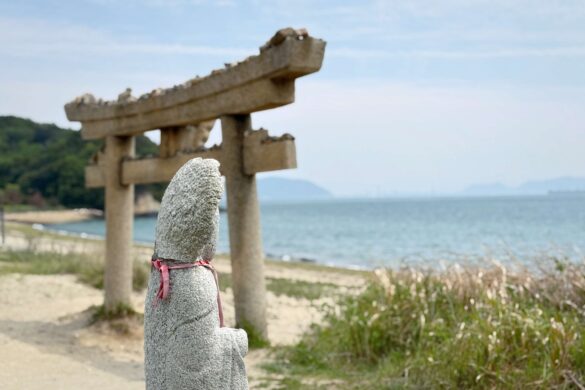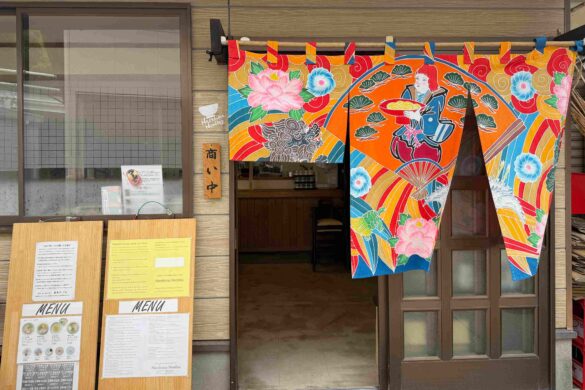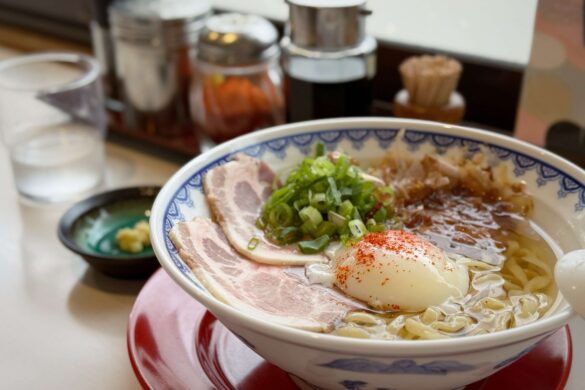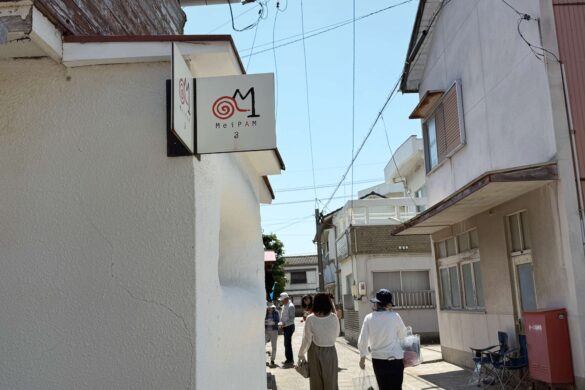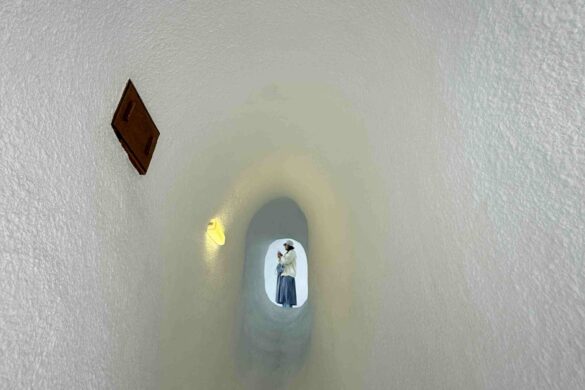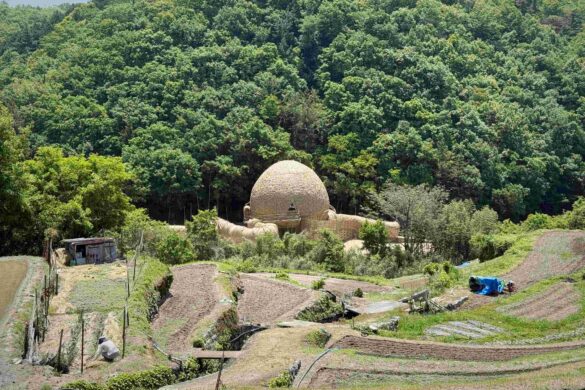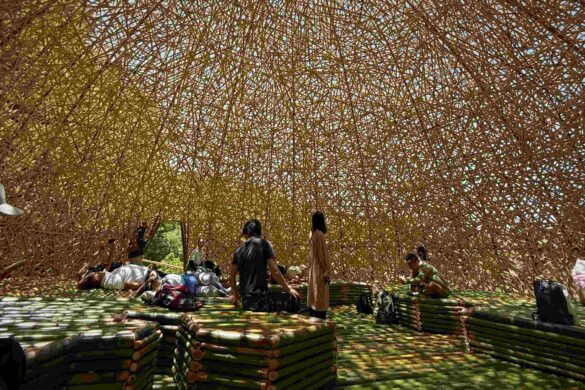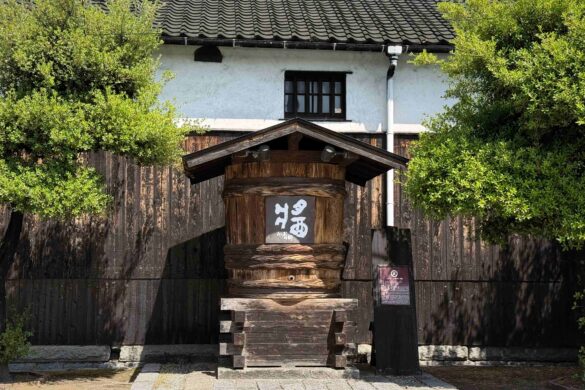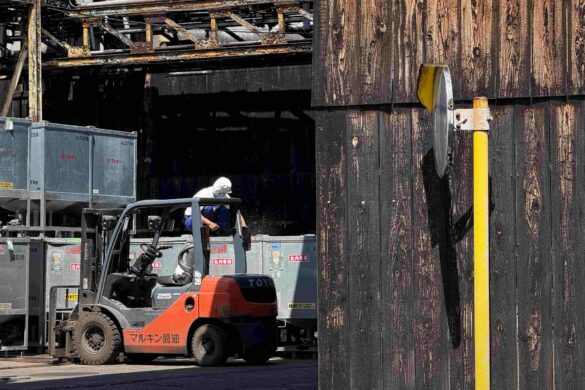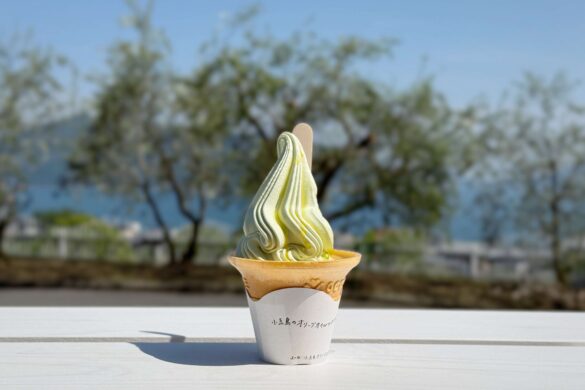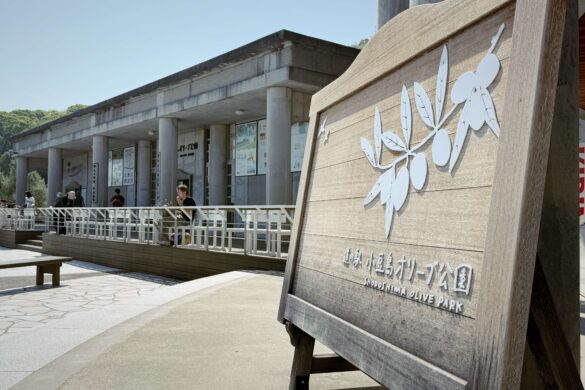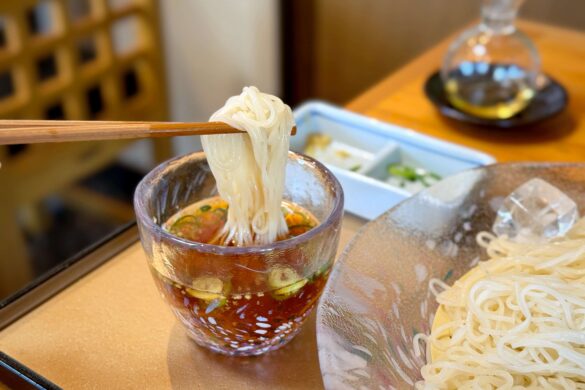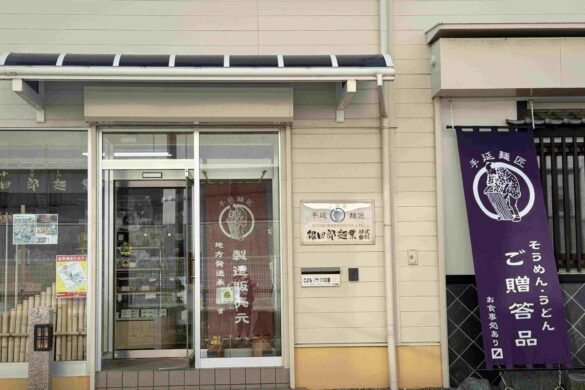最後更新/Last Updated:2025-08-22
While walking the Shikoku Pilgrimage in Japan this year, I happened to coincide with the once-every-three-years Setouchi Triennale. There was no way I was going to miss the chance to visit the islands and experience this artistic pilgrimage! With just a day and a half to spare, I managed to visit the famous Naoshima and Shodoshima. The creative sparks ignited by the fusion of contemporary art and island landscapes truly left me in awe!
Contents
。What is the Setouchi Triennale?
The Setouchi Triennale is a must-visit event for art lovers — a gathering of artists and architects from around the world who create site-specific works across the islands of the Seto Inland Sea. These works are deeply rooted in the local culture, history, and natural scenery. Centered around the theme of "Restoration of the Sea," this international contemporary art festival has been held every three years since its inception in 2010. It connects numerous islands and coastal towns across the Seto Inland Sea, creating a vast and immersive art experience.
This year’s exhibition spans Kagawa and Okayama Prefectures as well as many islands in the Seto Inland Sea. For the first time, the coastal areas of Hiketa and Utazu in Kagawa Prefecture are also included. It’s the perfect opportunity to nourish your soul with art while soaking in breathtaking ocean views!
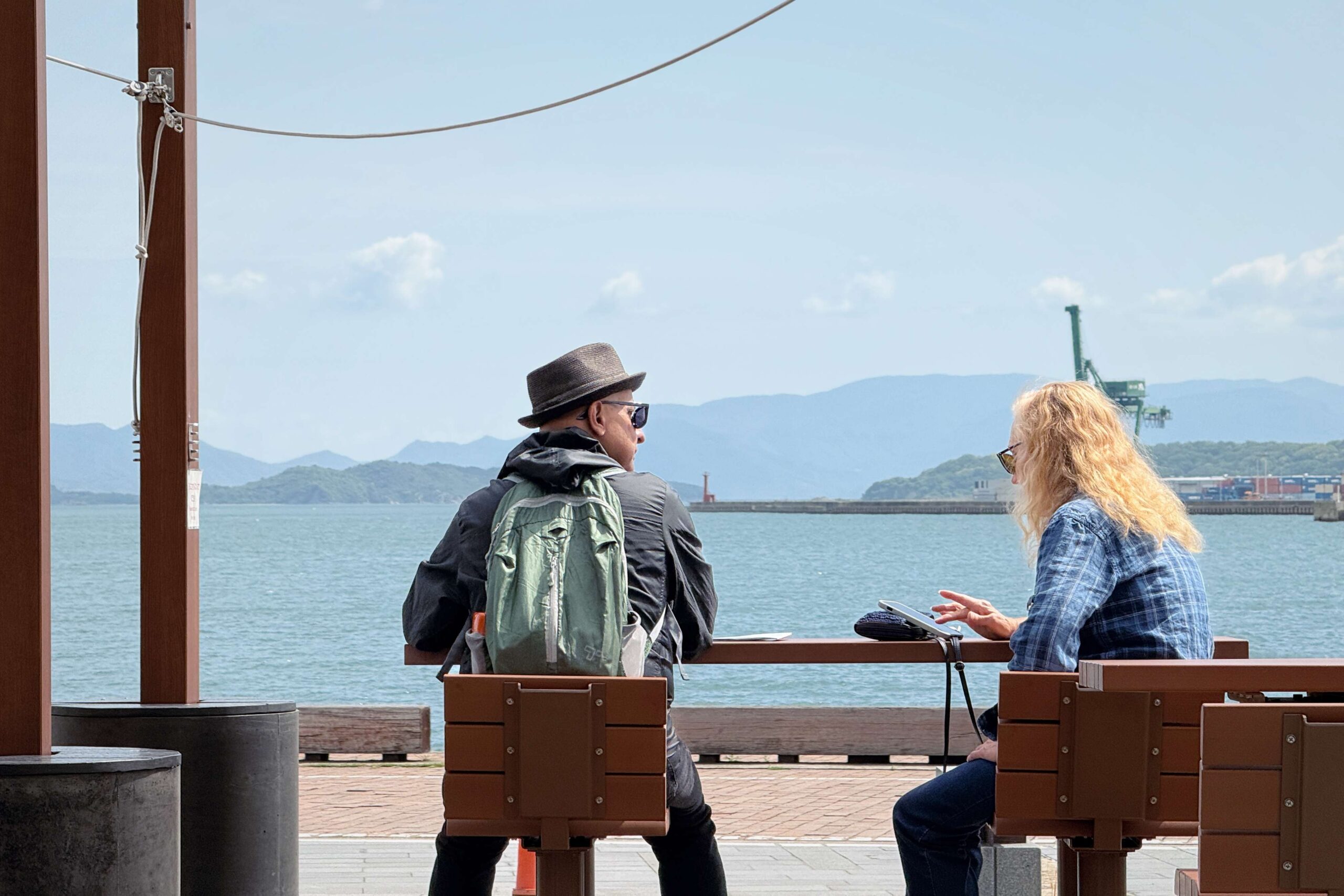
。How to Get Tickets for the Setouchi Triennale?
The Setouchi Triennale is divided into three main seasons: spring, summer, and autumn. The summer season runs until August 31 (Sunday), and the autumn season will take place from October 3 (Friday) to November 9 (Sunday)! Admission to individual exhibition venues starts at 500 yen. If you’re planning to hop between islands and visit multiple exhibitions, I highly recommend getting the Art Passport (作品鑑賞パスポート). This pass allows you to access most of the exhibits freely (some museums may still require separate reservations and tickets), plus you’ll enjoy special discounts at official shops and even discounted re-entry for revisiting certain works.
I purchased my passport in advance through Klook, and thanks to a credit card promotion, it was cheaper than buying it on-site. I easily exchanged it at the Takamatsu Port Tourist Information Center. As someone who loves collecting stamps, I opted for the physical paper version of the passport — you get a stamp for every artwork you visit, which is incredibly satisfying!
➤ Setouchi Triennale Passport
Additionally, several installations from past Triennales have become permanent exhibits and can be visited even outside the official festival period. Before your trip, be sure to check the official website for the latest updates and exhibition information.
➤ Setouchi Triennale
。Naoshima: An Island of Artistic Masters
Among the 17 exhibition areas of the Setouchi Triennale, Naoshima is without a doubt the most iconic and widely recognized island. It is home to the works of world-renowned artists and architects, including familiar names like Tadao Ando, Yayoi Kusama, and Hiroshi Sugimoto. Japanese architectural master Tadao Ando has designed ten buildings on Naoshima, from the famed Chichu Art Museum to the newly opened Naoshima New Museum of Art in 2025. Thanks to his deep involvement, Naoshima has even earned the nickname "Ando’s Island," making it a sacred destination for architecture enthusiasts.
Due to limited time, I visited during the “off-season” when some venues were closed. Still, it didn’t dampen my love for Naoshima — if anything, it strengthened my resolve to return and finally visit the Chichu Art Museum and Benesse House Museum next time!
01|Yayoi Kusama’s Red Pumpkin & Yellow Pumpkin
Yayoi Kusama has left behind two iconic pieces on Naoshima: the Red Pumpkin and the Yellow Pumpkin. The Red Pumpkin is located right by the ferry terminal, greeting visitors the moment they arrive. The Yellow Pumpkin, meanwhile, sits on a quiet coastal path near Benesse House, blending beautifully with the sea and sky.
02|Hiroshi Sugimoto Gallery: Time Corridors
Many of Naoshima’s art museums require advance reservations, and during the Triennale, tickets are often hard to come by. On a spontaneous visit the day before, I was lucky enough to grab the last available slot for Hiroshi Sugimoto’s "Time Corridors" gallery — I booked it immediately! Sugimoto is known for his black-and-white photography, and this serene, understated building is also his own design. To create both the artwork and the space in which it lives — that must be every artist’s dream.
After viewing the gallery, you can enjoy tea at the glass tea house. In the few seconds it takes to step inside, you yourself become part of the art.
➤ Reserve Art Museum
03|Ebisu Shrine Torii Gate
This torii gate, selected as one of the "100 Scenic Spots of Sanuki," once marked the sacred entrance to Ebisu Shrine, dedicated to the guardian of the sea. After the shrine was merged with Hachiman Shrine, the deity was relocated — but the torii gate was left behind, standing quietly alone. Now, with the sea as its backdrop, it feels like a silent witness to history.
04|Naoshima Noodles
A local recommended Naoshima Noodles, a ramen shop I wouldn’t have found on my own. Their bonito and chicken clear broth ramen had a clean, rich flavor — a completely unexpected highlight of my Naoshima trip!
。Shodoshima: The Largest Venue of the Setouchi Triennale
Shodoshima is the second largest island in the Seto Inland Sea, just after Awaji Island. With its warm, mild climate, it’s often called the “Mediterranean of Japan.” It was also the first place in Japan to successfully cultivate olives, earning it the nickname “Olive Island.” The island is especially known for three local specialties: olives, soy sauce brewing, and hand-stretched somen noodles.
01|Gift of the Sun
Right off the ferry, you’re greeted by this beautiful sculpture — a crown made of olive leaves. It’s a perfect symbol for Shodoshima, an island so deeply associated with olives.
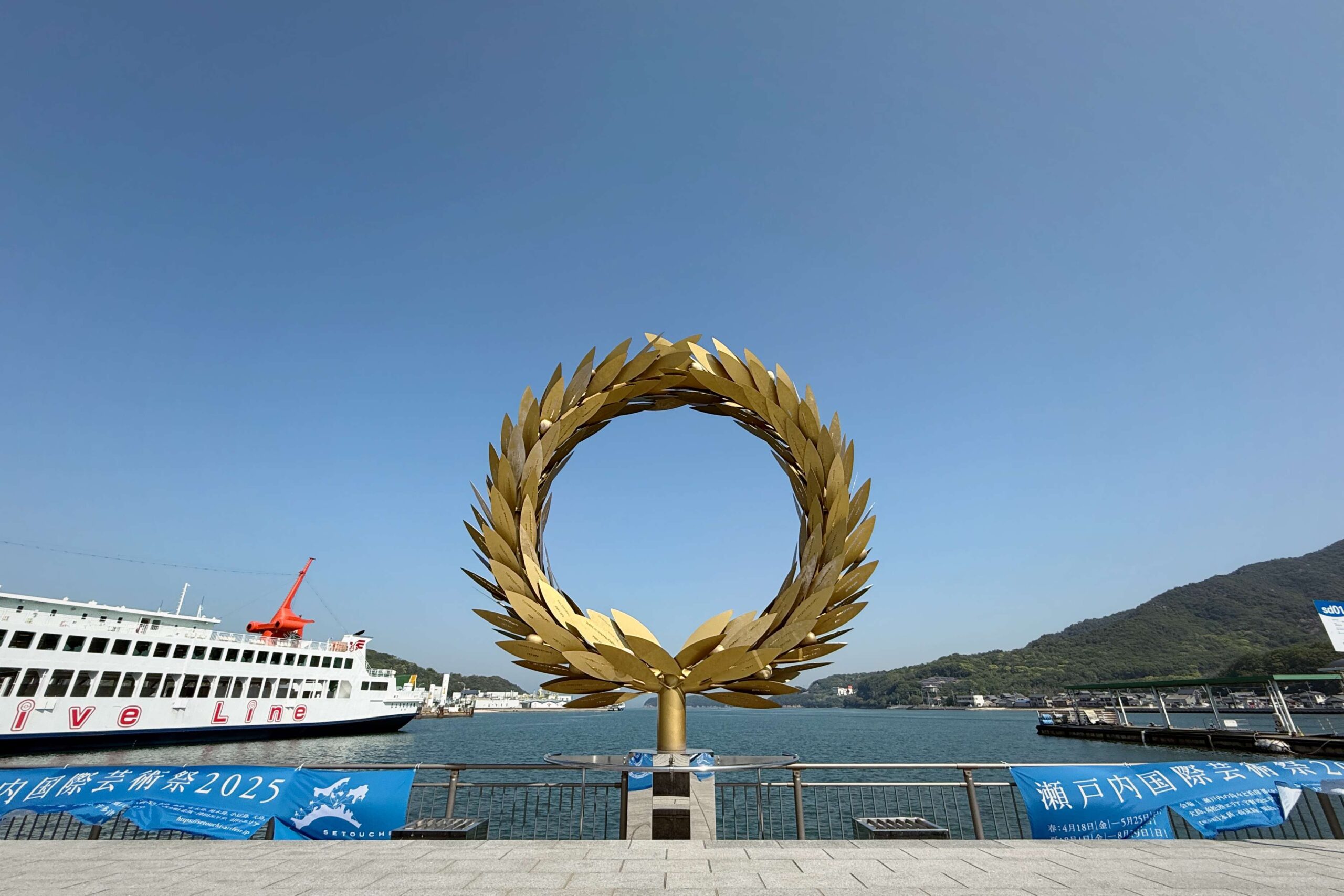
02|Maze Town: Phantasmagoric Alleys
Located in a narrow alley district, Maze Town is a house transformed into a surreal maze-like cave. The experience of wandering through its winding paths, both outdoors and inside, is truly one of a kind.
03|The Ship That Disappeared in the Golden Sea
Artist Ryo Toyofuku converted an old warehouse into a dreamlike undersea palace, inspired by Japanese folklore. At the heart of this mystical setting sits a golden ship — stepping onto it brings a mysterious, almost eerie sense of wonder.
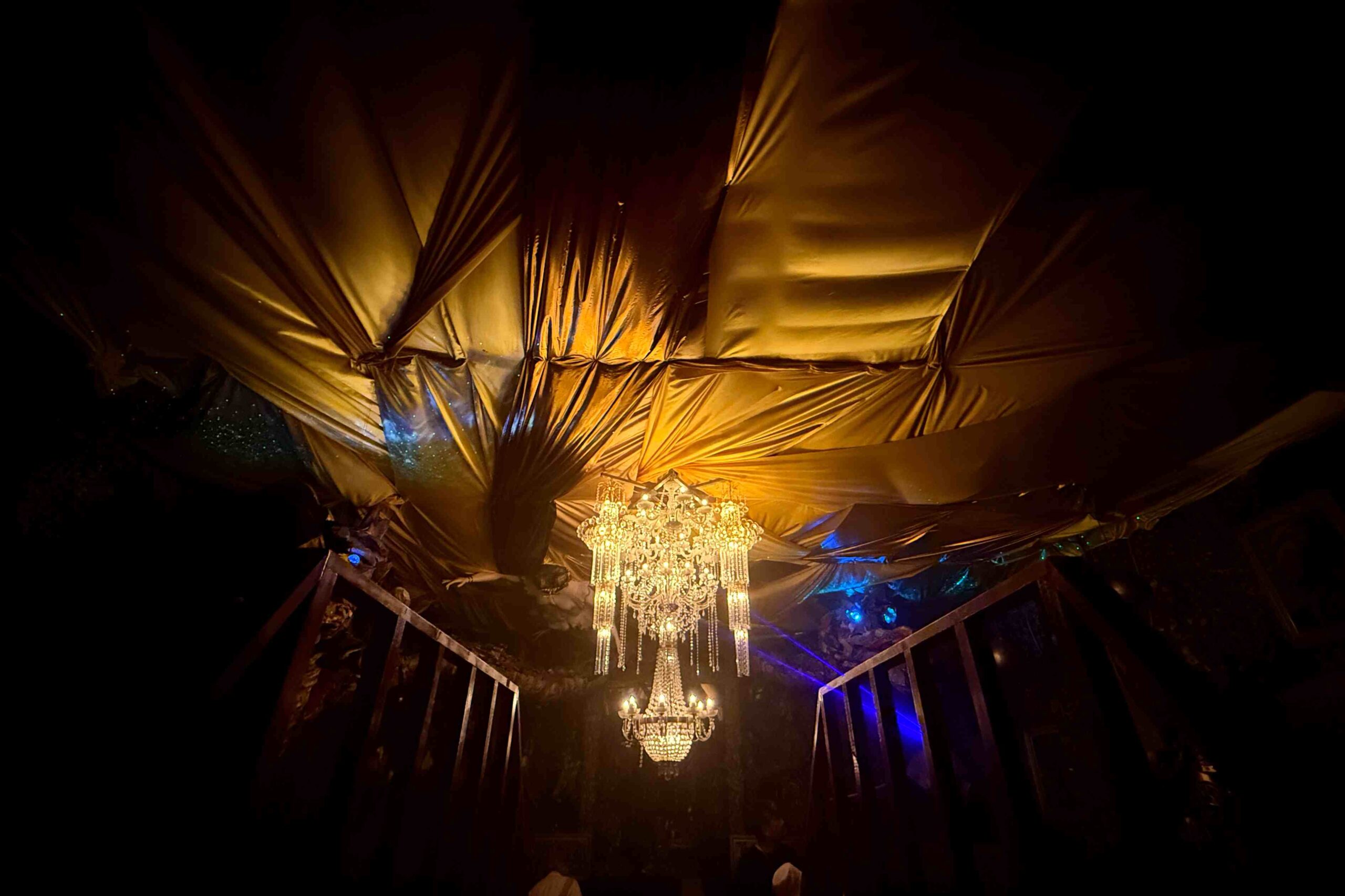
04|Reverberations~Okahachi Water Wheel
This was my favorite installation on Shodoshima! Historically, waterwheels lined the rivers of Shodoshima, powering local industries like milling flour and rice — and even somen noodle production. Although the waterwheels are long gone, artist Makoto Oka turned his great-grandfather’s abandoned house into a sound art installation. Using old noodle-making tools as instruments, he created an immersive and rhythmic audio experience — both nostalgic and alive.
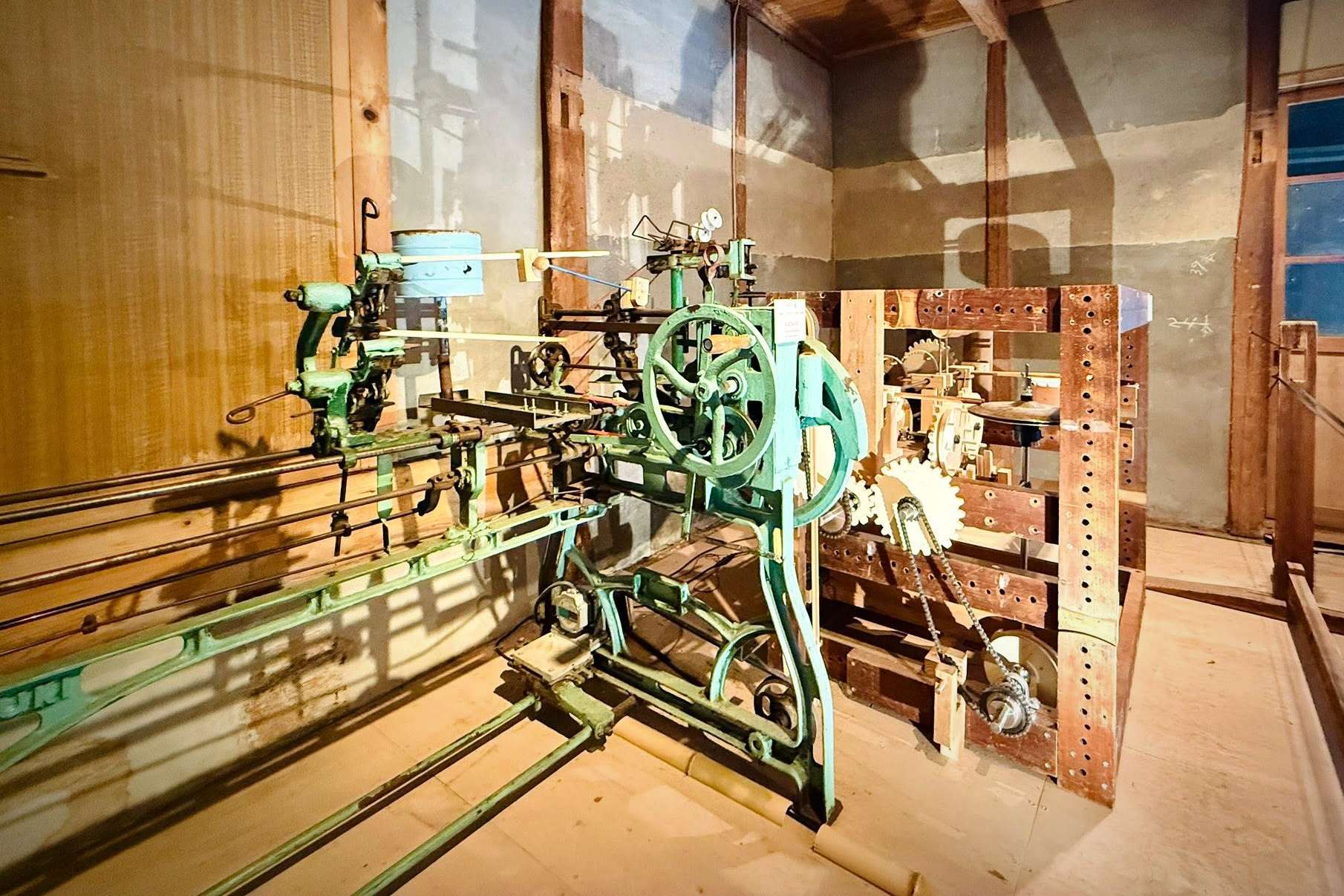
05|Embrace・Shodoshima
To enter this piece, you must first walk through open fields — a warm-up for immersing yourself in nature. Visitors lie down on a large bamboo platform, where dappled sunlight and leafy shadows wrap around you like a gentle embrace. It’s a piece you don’t just see — you feel.
06|Marukin Soy Sauce Museum
Kagawa Prefecture is Japan’s fifth-largest producer of soy sauce, and over half of that production comes from Shodoshima. One of the most well-known brands is Marukin Soy Sauce, whose factory preserves the traditional gassho-zukuri architectural style. The building is even registered as a National Tangible Cultural Property. Don’t miss the soy sauce ice cream at the museum — the sweet-and-salty combo is surprisingly delicious!
07|Roadside Station: Shodoshima Olive Park
This is hands down the most beautiful roadside rest stop I’ve ever seen. You can hop on the famous "magic broom" for a whimsical photo, and be sure to try their olive oil soft-serve ice cream — it was my favorite treat on the island! The fresh olive oil adds a smooth, fragrant finish to the creamy ice cream. Best of all, there’s a little surprise at the end: a generous drizzle of pure olive oil waiting at the bottom. Pure delight!
08|Ginshiro Somen Factory
Just a short distance from Tonosho Port, Ginshiro Somen has been making traditional hand-stretched noodles for over half a century. Their somen has a silky, chewy texture that’s unforgettable. Add a few drops of fresh olive oil, and it’s simply perfect.
After visiting Naoshima and Shodoshima, I realized that the Setouchi Triennale is not just about “viewing art” — it’s about stepping onto these islands and living alongside art. From discovering installations inside old homes to enjoying a bowl of ramen at a family-run noodle shop, every moment felt woven into the local rhythm of life. And as I boarded the last ferry back to Takamatsu, reluctant to leave, I knew one thing for sure: I’ll definitely be back.
◦ Kagawa Travel Guide
01|Popular Attractions in Kagawa
🎫 Setouchi Triennale Passport
🎫 Yokai Art Museum Admission in Shodoshima
🎫 Shikoku Aquarium Ticket
02|Things To Do in Kagawa
🏞️ One-day tour of popular sightseeing spots (Kagawa)
03|Transportation in Kagawa
🚅 JR Kagawa Mini Rail and Ferry Pass
04|eSIM
🛜 eSIM Japan with High-Speed and Stable Internet Connection
